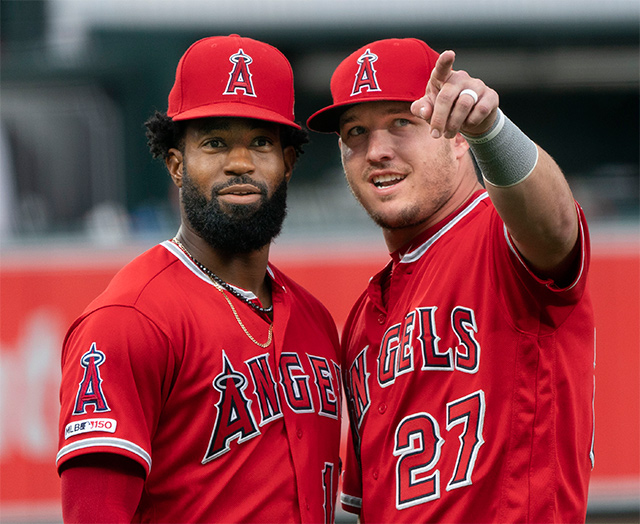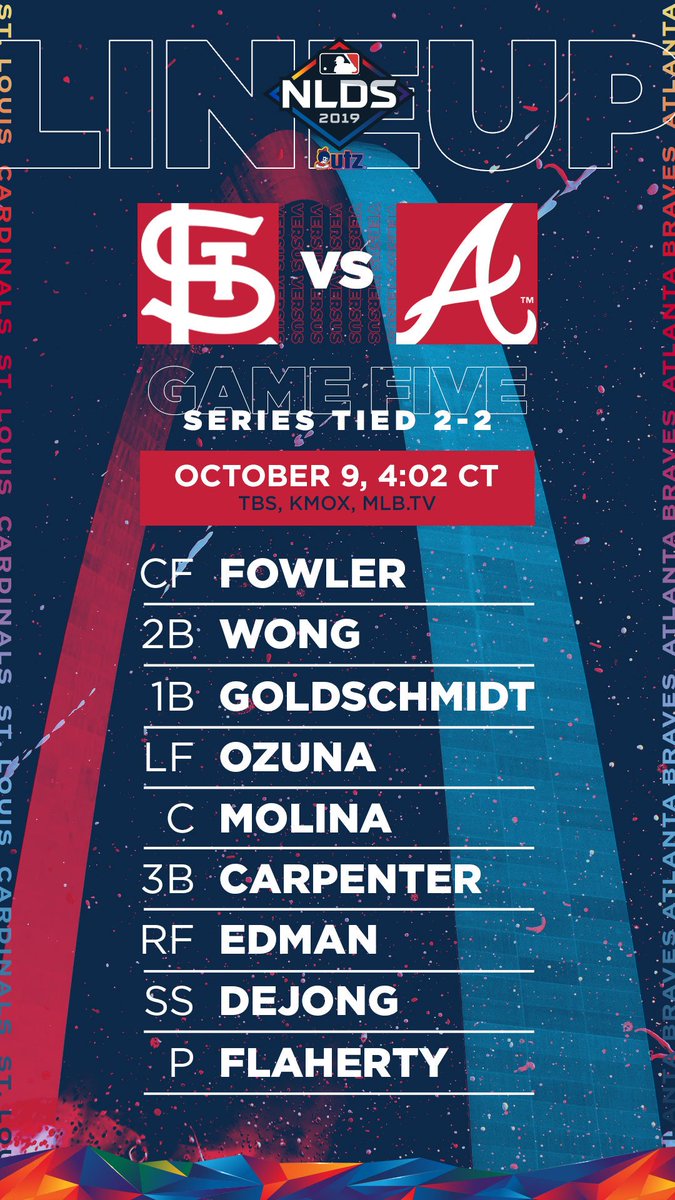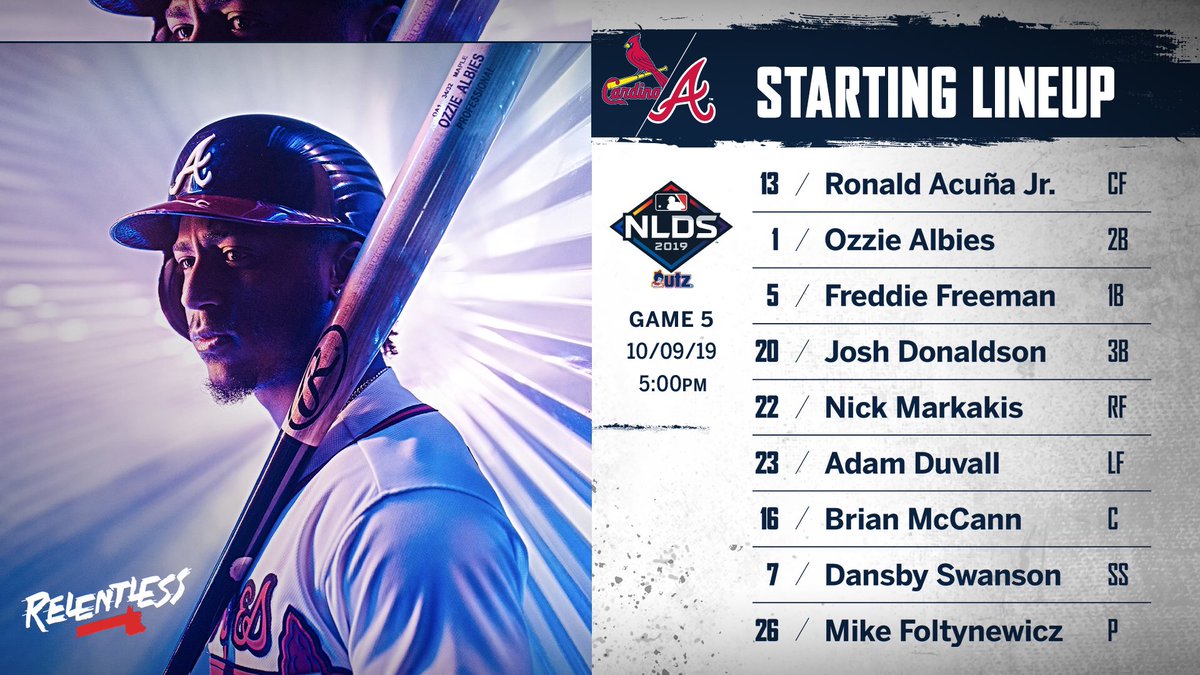Has MLB Pulled a Switcheroo with the Baseballs This October?
For a moment, it looked like Will Smith would be the hero. In the bottom of the ninth, sandwiched between the two cataclysmic half-innings that abruptly ended the 106-win Dodgers’ season, they had a brief flicker of hope when with one out and one on, Smith hit a drive off Daniel Hudson that looked as though it might — might — make him the hero, with a walk-off home run that sent the Dodgers to the NLCS. It was hardly implausible given that the 24-year-old rookie had hit two of the Dodgers’ major leauge-leading seven walk-off home runs this year, or that nearly half the drives hit to the specifications of which he struck Hudson’s hanging slider — 100.3 mph, at a 26 degree launch angle — have left the yard over the past five seasons.
It wasn’t to be.
Smith’s drive fell short as, ultimately and in more gruesome fashion, did the Dodgers. There will be plenty of time to dissect the larger situation but for the moment, consider the batted ball, which had a 69% of becoming a hit and a 46.1% chance of going out based on similarly struck spheroids. When it didn’t, it was just the latest in the genre of hold-your-breath moments that wound up producing mutterings that maybe the baseball has been de-juiced this October — that is, that the postseason ball is different from what’s been used in the regular season.
It’s not hard to understand why this notion has taken hold. So far this month, we’ve seen home runs hit at a lower frequency than during a regular season that set all kinds of records for long balls, and scoring rates have fallen as well. In the blur of Division Series games, many a hard-hit ball appeared bound to go out — at least based upon the way our brains have become calibrated to this year’s nearly-numbing frequency — only to die at the warning track. Yet it’s harder to make the case that something is different given a closer look at the numbers, both traditional and Statcast, at least if you’re not Baseball Prospectus’ Rob Arthur, whose model to calculate the drag on the baseball by measuring a pitch’s loss of speed does suggest something is afoot. More on his latest findings below, after I present my own analysis. Read the rest of this entry »





